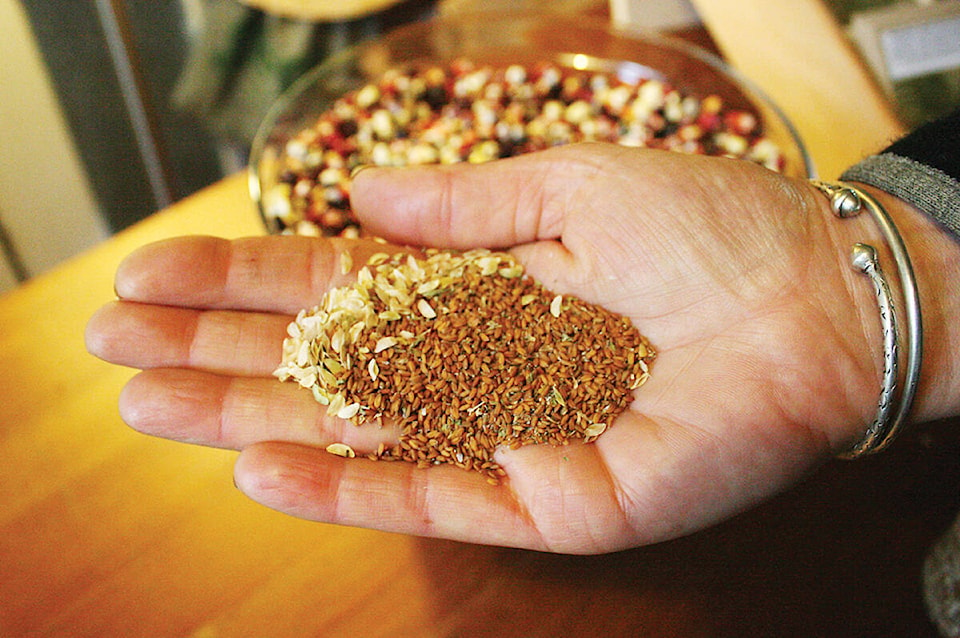By Mary Lowther
Saving your own seed can become an obsession, but the results are worth the effort. Besides, after all the work involved in building the best soil possible it only makes sense to use proven seed that will produce the best results.
Gone are the carefree days of winging it, because there lies bitter failure. I have learned to take notes because I get better results saving seeds that produce true to their variety. This new year I am planning the garden a bit differently: as I sow a bed, I’ll write the type of crops, variety and date in indelible ink on a stake driven in beside the crop. I’ll record it on the garden map in my notebook too, including harvest dates and how well the variety worked out.
It’s easy to get carried away with weeding, watering and planting, until note keeping takes second place, becoming an afterthought instead of a necessity. After all, how can one write in a journal with dirty hands? Waiting until I have come inside, washed up, made dinner and fed the pets somehow failed to produce adequate records, so this year I plan to take my book, pen and a damp cloth with me into the garden so I can wipe off my hands in situ and get all the info down on paper while it’s still fresh in my head. Maybe I should get a container to keep the book clean as well.
When saving seeds, one should pick out the best two or more plants and mark them in some way, like a ribbon tied loosely around the stem, to remind you not to eat them with the rest of the row. Annuals like peas, beans, lettuce, spinach and radishes can be saved the same year they’re grown, but to improve the stock one should observe characteristics one wants to foster, even if that means not eating the best plants. For example, I prefer long-podded peas for easier shucking, so I mark the heartiest plants with the longest pods.
Author Marc Rogers suggests we pull out all the other peas at the end of their harvest, leaving the ones behind that we are saving for seeds, feeding them extra fertilizer and allowing them to dry on the vine, if possible. This fertilizer should not be rich in nitrogen as that encourages leaf growth, not flowers or seeds.
Root crops like carrots and turnips produce their seed the following year, so gardeners with harsh winters should dig them up carefully in the fall, cut off the tops to three centimetres and store them in damp coir or sand in a cold place to overwinter. Early spring, replant two or more of the best roots, one foot apart in rows three feet apart. I like to devote one bed to seed saving biennials because they’ll stay in this bed until autumn and I don’t have to work around them while tending to other crops.
Experience has demonstrated that plants adapt to produce seed that suits their specific climate. For an excellent reference I recommend Growing and Saving Vegetable Seeds by Marc Rogers, published by Garden Way Publishing of Charlotte, Vermont in 1978, hopefully available in a thrift shop near you. If not, it is in the Library of Congress, which employs a small army of helpful interns willing to assist the inquiring public.
Please contact mary_lowther@yahoo.ca with questions and suggestions since I need all the help I can get.
